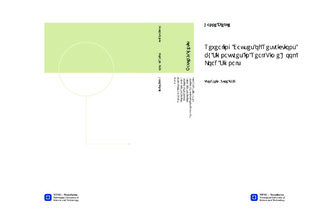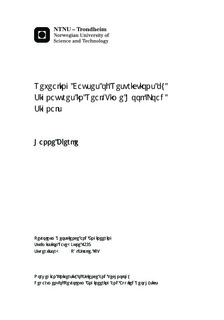| dc.description.abstract | Downhole restrictions are causing non-productive time, which represents large economic losses. Knowing the cause of the restriction in order to implement the correct remedies are crucial for preventing extensive cleaning activities or even stuck pipe. Using the hook load signal to find special signatures for the different causes of restriction could be a solution to quick recognition of restriction type.In the wells studied it was found 22 cases of restriction, which could be divided into 5 main groups of causes; unstable wellbore, ledges, cuttings accumulation, differential sticking and local dogleg. One incident from each group was chosen for an extensive post-event analysis for the purpose of strengthening the hypothesis of the cause.The results from the study has shown that it was necessary to simplify the analysis in to two main types of hook load restriction signatures; fixed and moveable. For the physical interpretation of the two signatures, fixed and moveable, hook load signals from ledge and cuttings bed were used respectively. These were assumed to be good representatives for the two main types, and the signals proved to coincide with the physical explanation valid for them. The two groups were created based on the clear differences in the hook load signals between ledges and cuttings accumulation visible in the post-event analysis. Both of these causes of restriction have a very clear physical explanation; when the drill string encounters a ledge it will stop moving and is thereby fixed to one position in the well. On the other hand, cuttings downhole is moveable and is able to move along with the drill string. It became clear that dividing signatures into groups based on causes of restrictions was not the best way to do it, but rather divide it into groups based on physical explanation such as fixed and moveable. From that point on causes of restrictions are related to one or two of the two main groups. The goal of distinguishing hook load signals from different causes of restrictions was reached to some extent. It was found that by recognizing if the restriction was fixed or moveable by looking at the hook load signal, 4 out of 5 causes of restrictions were distinguishable. This was possible because unstable wellbore was recognized by including both fixed and moveable restrictions and differential sticking was recognized by occurring at the beginning of a stand pulled. | nb_NO |

